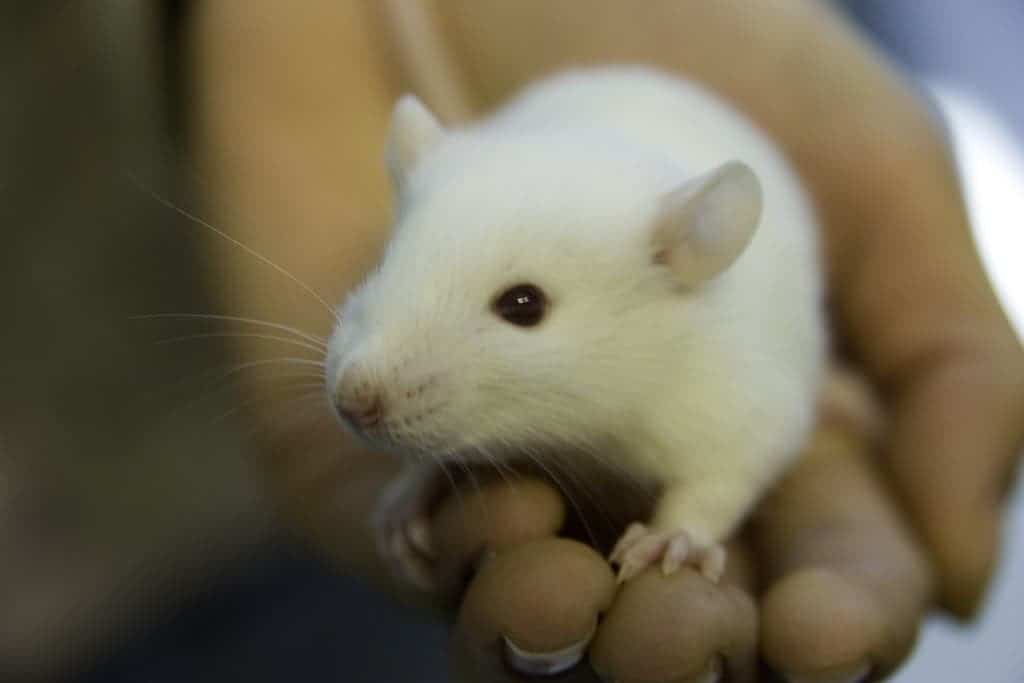Exercising can not only make you feel younger, but it can also actually keep you younger as well. A study on mice suggests that exercising, even later in life, can do wonders for your muscles. In addition to underscoring the importance of staying active, the study could also help us uncover some of the secrets of rejuvenation.

Even though some diseases are inherited, we can still improve our overall health through lifestyle choices such as diet and exercise. Still, whatever the reason, the genes related to some of these conditions must be expressed for them to develop. So how does this happen?
A new study has brought us closer to an answer by mapping the genetic changes involved in rejuvenating the muscle cells of elderly mice put on an exercise program.
Turning genes on and off
The analysis centers on DNA, the “blueprint” for our bodies. DNA consists of four bases, called cytosine, guanine, adenine, and thymine, and the process used to help manage these massive helixes: a methyl molecule composed of one carbon and three hydrogen atoms. These atoms attach themselves to one of the four bases (cytosine) to form what’s known as a CpG site.
When this occurs, the CpG becomes methylated and the site produces proteins to regulate something in the body — whatever that something may be. In contrast, the region becomes unmethylated when you lose that methyl group, turning that gene off. In this way, a process called DNA methylation can promote or inhibit the expression of specific genes — whether it’s stopping a tumor, preventing cancer, or activating genes responsible for causing wrinkles in old age. This process is constant, occurring billions of times a second in every cell throughout the body, and we’re just starting to understand it.
DNA methylation is one of the many mechanisms of epigenetics, where inborn or acquired changes in DNA don’t touch the actual sequence – meaning a person can potentially reverse things like fat deposits through diet or exercise. More and more studies are starting to suggest that this is an unharnessed and robust process, linked to longevity and the regulation of lifespan in most organisms on earth.
The current study attempts to further this theory using lifestyle interventions such as exercise to roll back genetic aging in skeletal muscle – measuring the animal’s ‘epigenetic clock’ for accuracy. This clock is measured via methylation levels in the blood to reflect exposures and disease risks independent of chronological age, providing an early-warning system and a true representation of a period of existence.
Kevin Murach, an assistant professor at the University of Arkansas, says, “DNA methylation changes in a lifespan tend to happen in a somewhat systematic fashion. To the point, you can look at someone’s DNA from a given tissue sample and with a fair degree of accuracy predict their chronological age.”
Using exercise to turn back the clock
The study design was relatively simple: mice nearing the end of their natural lifespan, at 22 months, were given access to a weighted exercise wheel to ensure they built muscle. They required no coercion to run on the wheel, with older mice running from six to eight kilometers a day, mostly in spurts, and younger mice running up to 10-12 kilometers.
Results from the elderly mice after two months of weighted wheel running suggested they were the epigenetic age of mice eight weeks younger, compared to sedentary mice of the same maturity.
The team also used the epigenetic clock to map a multitude of genes involved in the formation and function of muscles, including those affected by exercise. Blood work indicated that the genes usually over methylated (hypermethylated) in old age resumed normal methylation in the active aged mice, unlike those mapped in their sedentary counterparts.
For instance, the rbm10 gene is usually hypermethylated in old age, disrupting the production of proteins involved in motor neuron survival, muscle weight & function, and the growth of striated muscle. Here it was shown to undergo less methylation in older mice who exercised, improving its performance. Normal methylation levels also resumed across the Timm8a1 gene, keeping mitochondrial function and oxidant defense at workable levels – even where neighboring sites exhibited dysfunctional epigenetic alterations.
More work is needed to harness DNA methylation
Murach notes that when a lifespan is measured incrementally in months, as with this mouse strain, an extra eight weeks — roughly 10 percent of that lifespan — is a noteworthy gain, further commending the importance of exercise in later life.
He adds: that although the connection between methylation and aging is clear, methylation and muscle function are less clear. Despite these sturdy results, Murach will not categorically state that the reversal of methylation with exercise is causative for improved muscle health. “That’s not what the study was set up to do,” he explained. However, he intends to pursue future studies to determine if “changes in methylation result in altered muscle function.”
And, “If so, what are the consequences of this?” he continued. “Do changes on these very specific methylation sites have an actual phenotype that emerges from that? Is it what’s causing aging or is it just associated with it? Is it just something that happens in concert with a variety of other things that are happening during the aging process? So that’s what we don’t know.”
He summarizes that once the medical community has mapped the mechanics of dynamic DNA methylation in muscle, their work could provide modifiable epigenetic markers to improve muscle health in the elderly.


